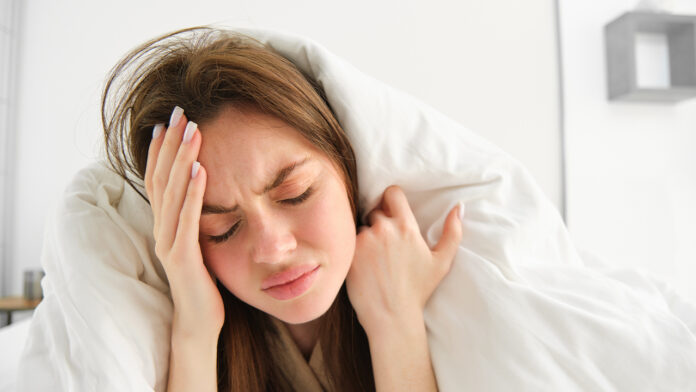Headaches are a common affliction that can range from mildly annoying to severely debilitating, affecting people of all ages and backgrounds. In this article, we delve into the fascinating world of headaches, uncovering the causes, types, and effective remedies for head pain.
Understanding Headaches
Definition and Characteristics: A headache is defined as pain or discomfort in the head or neck region, which may vary in intensity, duration, and location. While most headaches are temporary and benign, chronic or severe headaches can significantly impact daily life and productivity.
Primary vs. Secondary Headaches: Headaches are classified into two main categories: primary and secondary. Primary headaches, such as tension headaches and migraines, occur independently of any underlying medical condition, while secondary headaches are symptoms of other health issues, such as infections or head injuries.
Types of Headaches
Tension Headaches: Tension headaches are the most common type of headache, characterized by a dull, steady pain or pressure on both sides of the head. They are often triggered by stress, poor posture, or muscle tension in the neck and shoulders.
Migraines: Migraines are a more severe and debilitating type of headache, often accompanied by additional symptoms such as nausea, vomiting, and sensitivity to light and sound. They can last for hours or days and may be triggered by hormonal changes, certain foods, or environmental factors.
Cluster Headaches: Cluster headaches are rare but intensely painful headaches that occur in clusters or cycles, typically lasting between 15 minutes and three hours. They often occur on one side of the head and may be accompanied by symptoms such as redness or tearing of the eye and nasal congestion.
Causes and Triggers
Environmental Factors: Headaches can be triggered by a variety of environmental factors, including bright lights, loud noises, strong odors, and changes in weather or altitude. Identifying and avoiding these triggers can help reduce the frequency and severity of headaches.
Lifestyle Habits: Certain lifestyle habits, such as poor sleep hygiene, irregular meal patterns, dehydration, and excessive caffeine or alcohol consumption, can contribute to headaches. Making healthy lifestyle choices, such as getting enough sleep, staying hydrated, and managing stress, can help prevent headaches.
Remedies and Treatment Options
Over-the-Counter Medications: For mild to moderate headaches, over-the-counter pain relievers such as acetaminophen, ibuprofen, or aspirin can provide temporary relief. It’s important to follow the recommended dosage and avoid overuse, as frequent use of pain medications can lead to rebound headaches.
Lifestyle Modifications: Making lifestyle modifications, such as practicing relaxation techniques, maintaining good posture, and staying hydrated, can help reduce the frequency and severity of headaches. Regular exercise, healthy eating habits, and adequate sleep can also contribute to overall headache prevention.
Seeking Medical Attention
Chronic or Severe Headaches: If headaches are frequent, severe, or accompanied by other concerning symptoms such as fever, confusion, or weakness, it’s important to seek medical attention promptly. A healthcare professional can perform a thorough evaluation to determine the underlying cause of the headaches and recommend appropriate treatment.
Prescription Medications: For chronic or severe headaches, prescription medications such as triptans, beta-blockers, or antidepressants may be prescribed to help manage symptoms and prevent future episodes. It’s important to follow your healthcare provider’s recommendations and attend follow-up appointments as needed.
Coping Strategies and Support
Stress Management: Stress is a common trigger for headaches, so finding effective stress management techniques such as mindfulness meditation, deep breathing exercises, or yoga can be beneficial. Seeking support from friends, family, or a therapist can also help alleviate stress and improve overall well-being.
Support Groups: Joining a support group or online community for individuals with headaches or migraines can provide valuable information, resources, and emotional support. Connecting with others who understand your experiences can help you feel less alone and more empowered to manage your condition.
Conclusion: Empowering Solutions for Headache Relief
In conclusion, headaches are a common and often frustrating ailment that can impact various aspects of daily life. By understanding the causes, types, and effective remedies for headaches, individuals can take proactive steps to manage their symptoms and improve their quality of life. Whether through lifestyle modifications, medication, or seeking support from healthcare professionals, there are numerous strategies available to help alleviate head pain and promote overall well-being. Remember, you are not alone in your journey with headaches, and there is hope for relief and healing.

